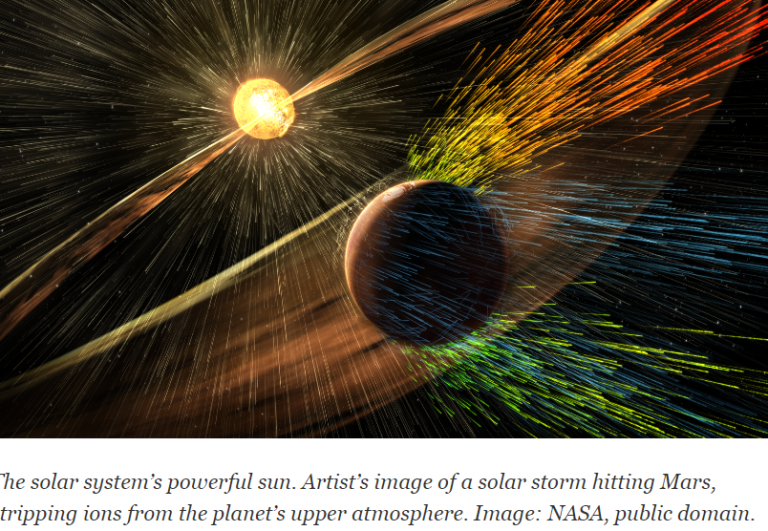At Klimanachrichten, Dr. Ludger Laurenz looks how solar influence on rainfall in Germany.
Precipitation patterns linked to the 22-year Hale cycle.
While droughts and periods of heavy precipitation in Germany are often blamed on CO2 climate change by the media and pseudo-experts, Laurenz sees a clear link to the 22-year solar Hale cycle. This can be detected in many historical weather data series.
To search for the solar influence on the annual precipitation sum, he used the data from the DWD dating back to 1903.
Finding: “Different precipitation trends are repeated every 22 years. This indicates solar influence.”
According to Laurenz, “The exceptionally high level of precipitation totals in the last year and the first two months of 2024 is very likely due to solar influence.”
Moreover, he found: “The evidence of solar influence on precipitation totals is even better if periods over the turn of the year are selected instead of the classic annual period from January to December, such as the 12-month period from July to June of the following year or the winter half-year. The solar influence on the precipitation sum is much stronger in the winter half-year than in the summer half-year.”
The solar magnetic cycle (Hale cycle) lasts approximately 22 years and can be detected in solar physical measurement data (Chapman et al. 2021) and the search for solar influence is based on Chapman’s formulations.
With the change from one Hale cycle to the next, the sun starts a new program of activity within a few weeks that repeats itself in the same pattern approximately every 22 years. Every single month and every single year of the 22-year Hale cycle is characterized by a specific solar activity pattern that affects the Earth’s atmosphere and creates weather trends.
Ms. Veretenenko’s latest publication from the Loffle Institute in Saint Petersburg has described the mechanism of the transformation of varying solar activity via the stratosphere to the troposphere and thus our weather.
Using the start years of the Hale cycles, it is easy to prove solar influence in historical weather data, Larenz shows.
To do this, the weather data from the same approx. 22-year cycle phases, starting with the respective start years of the Hale cycles, are stacked on top of each other. The result:
Every 22 years, extremely high and low annual precipitation totals accumulate in the same phases of the 22-year Hale cycle.
Full report in German at Klimanachrichten






[…] From NoTricksZone […]
[…] Analysis Of 120 Years Of Data Show Clear Solar Influence On Rainfall In Germany […]